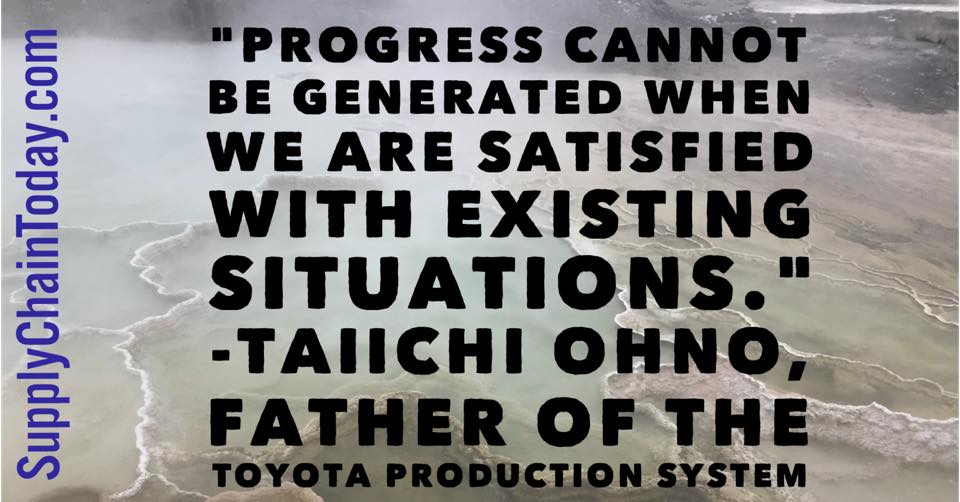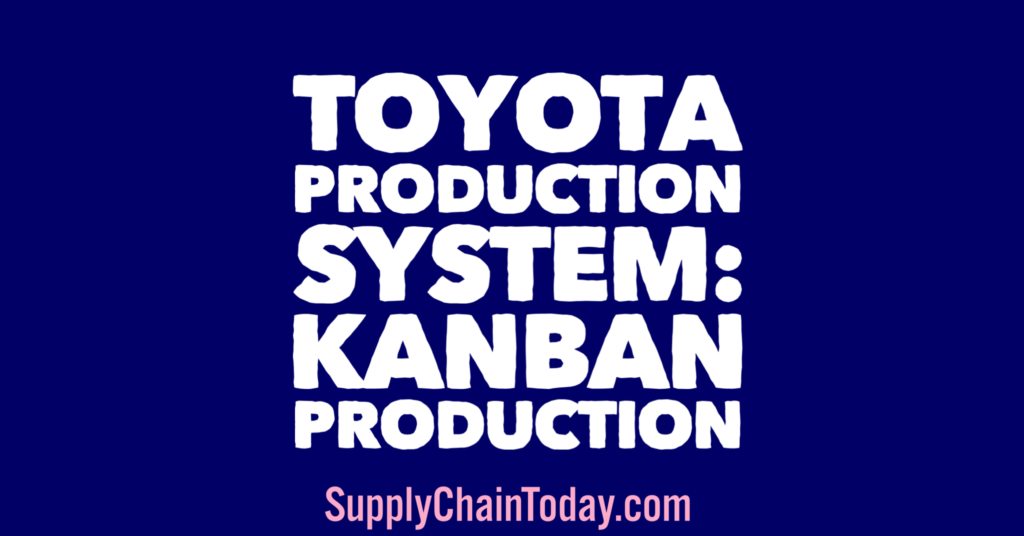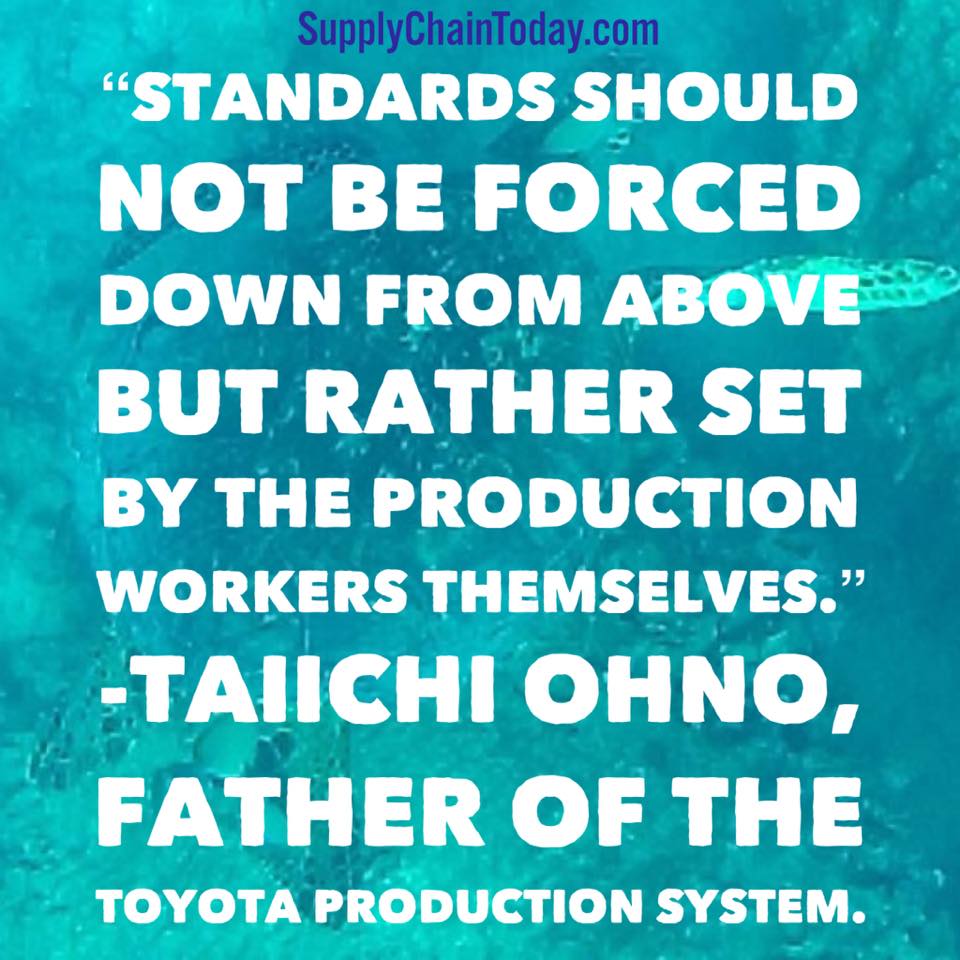JIT Toyota: The Smartest Production System in The World
JIT Toyota: The Smartest Production System in The World
Just-in-Time (JIT) is a production methodology developed by Toyota that focuses on reducing waste and improving efficiency by producing only what is needed, when it is needed, and in the quantity required. JIT became the cornerstone of the Toyota Production System (TPS), which has been highly influential in shaping modern lean manufacturing practices.
Overview of Toyota’s Just-in-Time (JIT)
JIT aims to minimize inventory, reduce waste, and improve workflow by aligning production schedules closely with demand. It seeks to deliver the right part, in the right quantity, at the right time, and at the right place. This requires efficient coordination throughout the production process, close relationships with suppliers, and a flexible production system.
Key Principles of JIT
- Continuous Flow:
- JIT strives to create a smooth and continuous production flow, where products are pulled through the system in response to actual customer demand, rather than being pushed through based on forecasts. This reduces overproduction and excess inventory.
- Pull System:
- JIT uses a pull system, meaning that downstream processes (like assembly) signal to upstream processes (like parts manufacturing) when more items are needed. This contrasts with a push system, where production is based on predicted demand and items are made in advance of customer orders.
- Minimizing Inventory:
- In a traditional system, companies hold large amounts of inventory to buffer against uncertainties in demand. However, JIT focuses on minimizing inventory by receiving materials only as they are needed for production. This reduces storage costs, capital tied up in inventory, and the risk of inventory obsolescence.
- Small Lot Sizes:
- Producing in smaller lot sizes helps maintain flexibility and reduces the time products spend in the production process. This reduces lead times and helps in responding more rapidly to changes in customer demand.
- Quick Changeovers:
- JIT emphasizes reducing setup times (time taken to switch from making one product to another) so that small batches can be produced more economically. This is essential for achieving the goal of making products only when they are needed.
- Close Supplier Relationships:
- Suppliers play a crucial role in JIT systems. Close, long-term relationships with reliable suppliers ensure that materials and components arrive at the exact time they are needed. Toyota pioneered strong collaborations with suppliers, often providing them with support and training.
- Quality at the Source:
- A key aspect of JIT is ensuring that each part of the process produces high-quality products. Problems should be identified and corrected at the source rather than passed along to the next stage. This reduces waste from defects and rework.
- Continuous Improvement (Kaizen):
- JIT is not a static system; it requires continuous improvement through kaizen. Workers and managers are encouraged to identify areas for improvement, reduce inefficiencies, and eliminate waste (referred to as muda in Japanese).
Origins and Development of JIT
Historical Context
The origins of Toyota’s Just-in-Time system trace back to the early 20th century but began to take shape after World War II in Japan. Japan’s post-war economic environment presented several challenges:
- Resource Scarcity: Japan had limited access to raw materials and other resources, making the efficient use of materials critical for survival.
- Space Limitations: Limited factory space required Toyota to minimize inventory and make the best use of available facilities.
- Economic Constraints: Japan’s economic condition made it difficult to maintain large amounts of working capital tied up in inventory.
Key Influences on JIT Development
- Kiichiro Toyoda’s Vision:
- Kiichiro Toyoda, the founder of Toyota Motors, was an early proponent of efficient manufacturing. In the 1930s, he envisioned a production system that would produce vehicles only as they were needed, thereby eliminating waste and excess inventory. This idea formed the foundation of what would later become JIT.
- Influence of American Manufacturing:
- After World War II, Taiichi Ohno, a Toyota engineer often credited with developing JIT, studied American manufacturing systems, particularly those used by Ford Motor Company. Ohno was impressed with Ford’s assembly line efficiency but saw room for improvement, particularly in reducing inventory and increasing flexibility.
- Ohno also observed the American supermarket model, where customers pulled products from shelves based on their immediate needs. This concept of “pull” inspired Ohno to apply similar principles to manufacturing, leading to the development of Toyota’s pull-based production system.
- Toyota Production System (TPS):
- JIT became a core component of the Toyota Production System (TPS), which Taiichi Ohno and Shigeo Shingo (another key Toyota engineer) formalized in the 1950s and 1960s. TPS was designed to eliminate waste (muda) and increase efficiency through concepts such as jidoka (automation with a human touch), kanban (a visual scheduling system), and kaizen (continuous improvement).
- Kanban is particularly important to JIT. It is a signaling system that uses cards or electronic signals to trigger the movement of materials through the production system. This ensures that each stage of production only produces what is needed by the next stage, thereby minimizing excess inventory.
- Post-War Japanese Context:
- In the years after World War II, Japan’s industrial sector was under pressure to rebuild its economy. Toyota, like many other companies, had to be resourceful, finding ways to produce quality products while dealing with shortages in materials, labor, and capital.
- JIT emerged as a response to these constraints, allowing Toyota to be highly efficient while maintaining flexibility in its operations. This system was essential in helping Toyota become a global leader in automotive manufacturing.
Global Adoption of JIT
- 1970s and 1980s: During this period, Toyota’s success with JIT and the broader Toyota Production System caught the attention of manufacturers worldwide. Many companies, especially in the U.S. and Europe, began to study and adopt JIT principles to improve their own manufacturing systems.
- Lean Manufacturing: Over time, JIT became part of the larger lean manufacturing movement, which focuses on maximizing value for the customer while minimizing waste. Many of the tools and techniques used in lean manufacturing, such as value stream mapping, 5S, and total productive maintenance, have their roots in JIT and the Toyota Production System.
Challenges of JIT
While JIT has been highly successful, it also presents challenges:
- Supplier Reliability: JIT relies heavily on reliable suppliers who can deliver materials exactly when needed. Any disruption in the supply chain (e.g., natural disasters, strikes, or delays) can cause significant problems since there is little or no buffer inventory.
- Demand Fluctuations: JIT works best in stable demand environments. Large fluctuations in demand can be difficult to manage because production is closely tied to actual demand, leaving little room for sudden changes.
- Implementation Difficulty: Implementing JIT requires a cultural shift towards continuous improvement, which can be challenging in companies with traditional, hierarchical structures.
Conclusion
Toyota’s Just-in-Time system revolutionized manufacturing by focusing on reducing waste, minimizing inventory, and improving production efficiency. Originating from Toyota’s need to be resource-efficient in post-war Japan, JIT became a core part of the Toyota Production System and has influenced manufacturing practices around the world. Today, JIT principles remain relevant in industries seeking to improve their production processes, although companies must balance the benefits of JIT with the risks of supply chain disruptions.
Lean and Toyota Production System Blogs
- 5s Office to 5s Manufacturing. Lean Production System.
- Gemba Walk: the Path to Continuous Improvement.
- History of the Toyota Production System (TPS). Lean manufacturing.
- Introduction to Lean Manufacturing.
- Kaizen (Continuous Improvement): Secret behind Japanese Productivity
- Kaizen Way: ONE SMALL STEP CAN CHANGE YOUR LIFE.
- Lean Kaizen DMAIC Six Sigma.
- Lean Manufacturing – Lean Factory Tour.
- Rooting Out Waste in Health Care by Taking Cue From Toyota.
- SCM Resources by Topic & Supplier.
- SCM Chain Training & Overview.
- Supply Chain and Strategy Key Concepts.
- The Bullwhip Effect 101.
- The Toyota Way To Lean Leadership – Keynote talk by Jeffrey Liker. 60 min video.
- Toyota Material Handling – Production From Start to Finish.
- Toyota Production Documentary – Toyota Manufacturing Production.
- Toyota Supply Chain Management.
- Toyota Kaizen
- Why Lean Fails.
TOYOTA Production System: Kanban Production
The Bullwhip Effect 101. 5 min video, 16k views.
Continuous improvement is better than delay perfection. ~Mark Twain
Lean Kaizen DMAIC Six Sigma – Introduction 40k views
Why Lean Fails
Watch How a Lean Thinking Company Runs a Morning Meeting. 4 min video, 12.5k views.
“Where there is no standard there can be no kaizen.” ~Taiichi Ohno

“A bad system will beat a good person every time.” ~W. Edwards Deming

“When you are out observing on the gemba, do something to help them. If you do, people will come to expect that you can help them and will look forward to seeing you again on the gemba.” ~Taiichi Ohno

“If you can’t describe what you are doing as a process, you don’t know what you’re doing.” ~W. Edwards Deming

“Many people think that lean is about cutting heads, reducing the work force or cutting inventory. Lean is really a growth strategy. It is about gaining market share and being prepared to enter in or create new markets.” ~Ernie Smith

“Progress cannot be generated when we are satisfied with existing situations.” ~Taiichi Ohno













